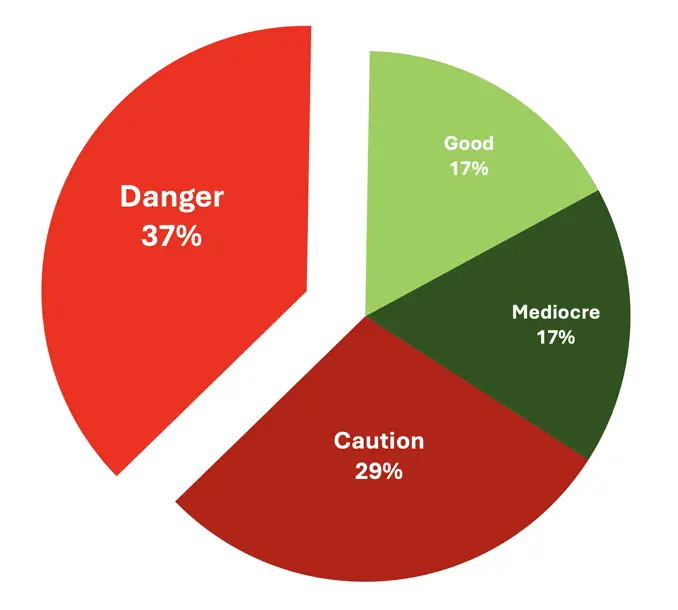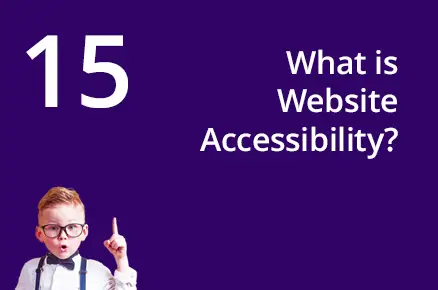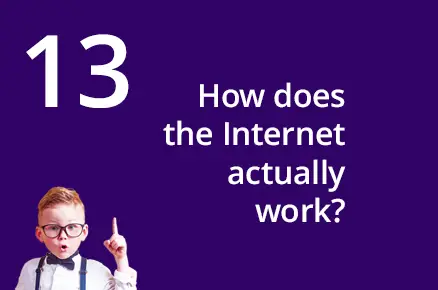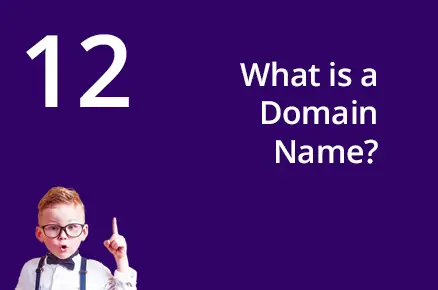Hello, and welcome to "Website Success in 5 Minutes." I’m Shaun Carvill, CEO of Clickingmad, and today we’re tackling a situation frankly that no business owner wants to find themselves in: "What should I do if my website designer goes bust?"
It’s an unsettling moment when the person or company managing your website suddenly disappears, but don’t panic—there are steps you can take to regain control and keep your website running smoothly.
To set the scene, in February 2024 – according to Plimsoll Publishing – 66% of Website Designers & Developers were listed as potentially on the verge of collapse having been rated as either 'in danger' (37%) or 'treat with caution' (29%).
Website Designers & Developers rating in February 2024 - Plimsoll Publishing Ltd
A sobering statistic.
Oh, just so as you know. My agency Clickingmad has been rated STRONG by Plimsoll Publishing Ltd each year since they started their ratings – you will be relieved to know. As I am!
Let’s walk through what you should do if you find your website company isn't there any more.
1. Stay Calm and Assess the Situation
The first thing to do is stay calm and assess where you stand.
Ask yourself:
- What stage is your website in? Is it fully live, in development, or awaiting updates?
- Do you have access to important accounts? Can you log in to your website’s backend, hosting account, or domain name provider?
Having a clear understanding of the situation will help you take action quickly without rushing into any decisions.
The good news is that even if your designer goes bust, you can still take control of your website with the right steps.
2. Secure Access to your Website
One of the most important things you need to do right away is secure access to your website.
Even if your designer is no longer around, you should still be able to access key parts of your website if you have the right credentials.
- Log in to your website’s backend: If your site is built on a platform like WordPress, make sure you can still log in as an admin.
This will give you control over your content and any updates. - Access your hosting account: Your website is hosted on a server, and you need access to your hosting provider. This is where your website files and databases are stored.
If you don’t have login details for your hosting account, now is the time to retrieve them from any emails or documentation you might have. Or indeed speak to your current web provider. - Control your domain name: Make sure you have access to your domain name registrar (the company that manages your domain).
This is crucial if you need to transfer your website or make changes later on.
If you’re missing any login details or credentials, try reaching out to your website designer’s former business contacts or employees—they may be able to help you recover access.
3. Backup Your Website
Once you have access, the next step is to back up the entire website.
This will give you peace of mind knowing that all of your content, designs, and data are safe, even if something goes wrong later.
- You can use a plugin: If your website is built on WordPress, there are several plugins like UpdraftPlus or WPvivid that allow you to back up your website in just a few clicks.
- You can also do a manual backup: If you prefer, manually backing up your site by downloading all of the website files and exporting your databases through your hosting control panel.
Make sure you store your backup in a safe location, either in the cloud or on a secure external drive.
This will be your lifeline if anything happens during the transition.
4. Find a New Website Designer or Developer
Now that you’ve secured access and backed up your files, it’s time to find a new website designer or developer.
Whether you need someone to maintain the site or continue with development, it’s important to choose a professional who can step in and take over without too much hassle.
- Ask for recommendations: If you have any business contact or other professionals in your network, ask for their recommendations.
Finding a reputable designer or developer through word of mouth can help ensure you get reliable service.
Make sure they have experience with your platform (e.g., WordPress, Shopify, Joomla etc.) and understand the needs of your business.
5. Transfer the Website to a New Host (If Necessary)
If your website designer also managed your web hosting and they’ve gone bust, you might need to move your website to a new hosting provider.
To do this you need to
- Choose a reliable hosting provider: There are plenty of options, such as Fasthosts, Ionos. SiteGround, or GoDaddy, depending on your needs.
If your website is business critical then you may need to look at dedicated server hosting which will cost more but could be worth the extra expense as it offers higher security and management options.
Look for hosting that provides good support, fast performance, and secure backups.
Your new website developer or hosting provider should be able to help with transferring your website files and domain to a new host.
This process can usually be done with minimal downtime, so your website stays online.
If you need to transfer your domain, make sure you’ve unlocked the domain and have access to the authorisation code (also called an EPP code), which you’ll need for the transfer.
6. Review Your Website’s Security
When a website designer goes bust, there can be concerns about security vulnerabilities if they were the only person managing updates and security patches for example.
You don’t want your website to be left exposed to hackers or malware, so now is the time to make sure everything is secure.
- Update your CMS and plugins.
- Change all passwords: Particularly the ones for your website administration, hosting account, and domain registrar.
- Install security plugins: Tools like Wordfence or Sucuri can help monitor your website for any suspicious activity and protect you from future attacks.
If your website designer was working under a contract, now’s a good time to review it.
So 7 would be to check if there are any clauses related to ownership of design assets, the intellectual property, or site management.
This will clarify what rights you have regarding the design and content of your site.
Also, keep all relevant documentation safe, including:
- Invoices.
- Design files.
- Hosting and domain details.
These documents will be useful when transitioning to a new website designer or hosting provider.
8. Plan for the Future
Once you’ve got your website back under control, it’s a good time to think about long-term plans.
Having a website that runs smoothly is key to your business’s success, so make sure you’re set up for the future:
- Consider a support package with your new developer.
This ensures that your website is regularly maintained, updated, and secured. - Backup your website regularly.
Automated backups are best because they save you from having to remember. - Build a relationship with your new designers: Keep an open line of communication with your new provider so that you’re never left in the dark if anything happens again.
In summary:
If your website designer goes bust, the key is to act quickly but calmly. Secure access to your website, back everything up, and find a new designer or developer to take over.
Don’t forget to review your security settings and ensure your website is in good hands for the future.
With the right steps, you’ll be able to get your website back on track without too much disruption.
That’s it for today’s episode of "Website Success in 5 Minutes." I’m Shaun Carvill.
If you found this helpful, don’t forget to subscribe for more tips on managing and securing your website.





Podcasts